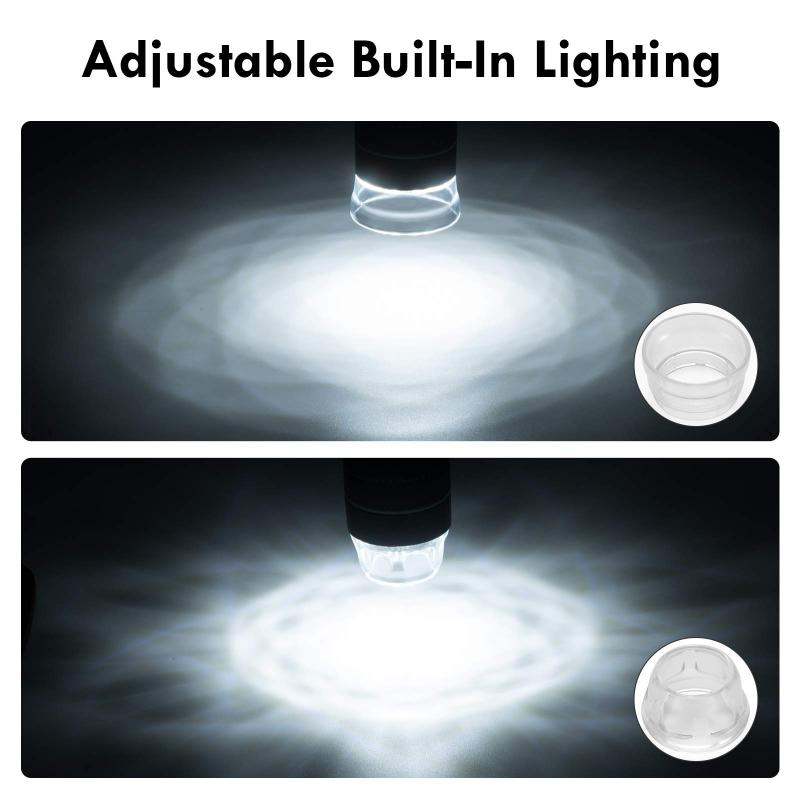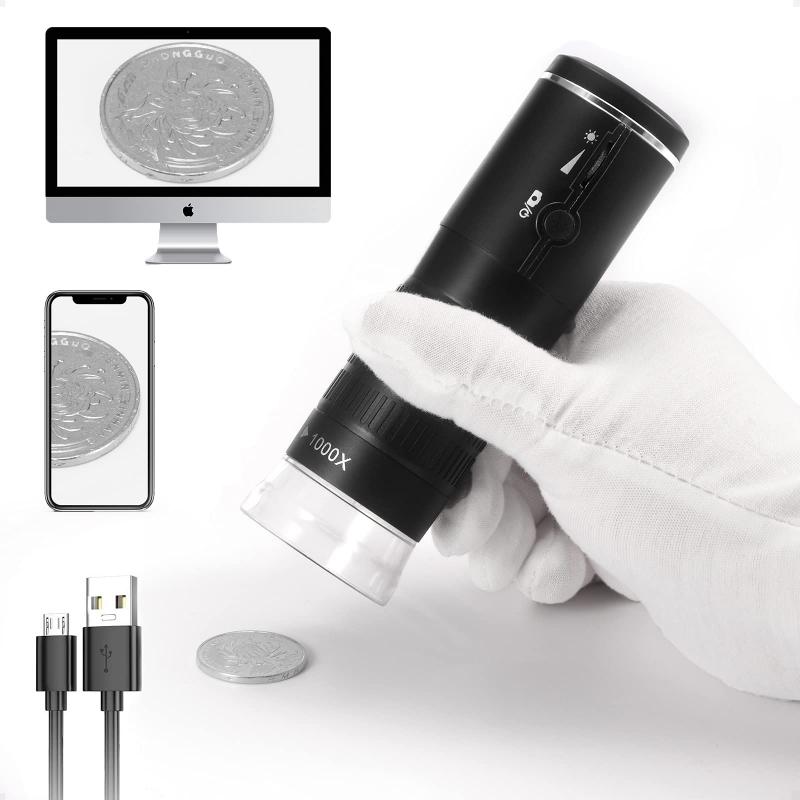What Does Penicillin Look Like Under A Microscope ?
Under a microscope, penicillin appears as small, colorless, and transparent crystals or powder. It is not possible to observe the specific molecular structure of penicillin using a light microscope, as it requires a higher level of magnification, such as an electron microscope, to visualize the individual molecules. However, the crystalline form of penicillin can be observed under a light microscope, revealing its characteristic appearance.
1、 Morphology of Penicillin under a Microscope
Penicillin is a type of antibiotic that is widely used to treat bacterial infections. When observed under a microscope, the morphology of penicillin can vary depending on its form and preparation.
Penicillin is typically produced as a white or off-white crystalline powder. When viewed under a microscope, these crystals appear as irregularly shaped particles with sharp edges. The size of the crystals can vary, but they are generally small and can range from a few micrometers to tens of micrometers in diameter.
In recent years, advancements in microscopy techniques have allowed for more detailed observations of penicillin at the nanoscale level. Scanning electron microscopy (SEM) and transmission electron microscopy (TEM) have provided valuable insights into the structure and morphology of penicillin.
SEM images of penicillin crystals reveal a three-dimensional structure with a rough surface. The crystals often exhibit a needle-like or rod-like shape, with some branching or aggregation observed. These images confirm the irregular and jagged nature of penicillin crystals.
TEM images provide even higher resolution and can reveal the internal structure of penicillin crystals. They show that the crystals are composed of smaller subunits, which are arranged in a lattice-like pattern. The subunits are often elongated and can have different orientations within the crystal structure.
It is important to note that the morphology of penicillin can vary depending on the specific type of penicillin being observed. Different forms of penicillin, such as penicillin G or penicillin V, may have slightly different crystal structures and morphologies.
Overall, the microscopic examination of penicillin provides valuable insights into its physical characteristics and can aid in understanding its behavior and effectiveness as an antibiotic.

2、 Microscopic Appearance of Penicillin
Penicillin is a type of antibiotic that is widely used to treat bacterial infections. When observed under a microscope, the microscopic appearance of penicillin can vary depending on its form and preparation.
Penicillin is typically produced as a white or off-white crystalline powder. When viewed under a microscope, these crystals can appear as irregularly shaped particles with sharp edges. The size of the crystals can vary, but they are generally small and can range from a few micrometers to tens of micrometers in diameter.
In recent years, advancements in microscopy techniques have allowed for more detailed observations of penicillin at the microscopic level. For example, scanning electron microscopy (SEM) has been used to examine the surface morphology of penicillin crystals. SEM images have revealed that the crystals can have a variety of shapes, including elongated, needle-like structures or more rounded forms.
Additionally, transmission electron microscopy (TEM) has provided insights into the internal structure of penicillin crystals. TEM images have shown that the crystals can have a layered or lamellar structure, with individual layers stacked on top of each other.
It is important to note that the microscopic appearance of penicillin can also be influenced by factors such as the specific formulation or manufacturing process. Different forms of penicillin, such as penicillin G or penicillin V, may exhibit slightly different microscopic characteristics.
Overall, the microscopic appearance of penicillin can vary, but it is generally characterized by small, irregularly shaped crystals with a white or off-white color. Further research and advancements in microscopy techniques may continue to provide new insights into the microscopic structure of penicillin.

3、 Structural Characteristics of Penicillin at Microscopic Level
Penicillin is a group of antibiotics that are derived from the fungus Penicillium. When observed under a microscope, the structural characteristics of penicillin can provide valuable insights into its composition and mode of action.
At a microscopic level, penicillin appears as small, colorless, and needle-like crystals. These crystals are typically elongated and have a distinct shape, resembling tiny rods or fibers. The size of the crystals can vary, but they are generally too small to be seen with the naked eye.
The composition of penicillin crystals consists of various chemical components, including a beta-lactam ring. This ring is crucial for the antibiotic's antimicrobial activity as it interferes with the synthesis of bacterial cell walls. The beta-lactam ring is responsible for inhibiting the enzyme transpeptidase, which is involved in the cross-linking of peptidoglycan chains in bacterial cell walls. By disrupting this process, penicillin weakens the cell wall, leading to bacterial cell lysis and death.
Recent advancements in microscopy techniques, such as high-resolution imaging, have allowed for a more detailed examination of penicillin's microscopic structure. These techniques have revealed the presence of additional molecular components within the crystal structure, providing a deeper understanding of the antibiotic's mechanism of action.
Furthermore, electron microscopy has been used to visualize the interaction between penicillin and bacterial cells. This technique has shown that penicillin molecules can penetrate the bacterial cell wall and bind to specific targets within the cell, leading to the disruption of essential cellular processes.
In conclusion, when observed under a microscope, penicillin appears as small, needle-like crystals with a distinct shape. The composition of these crystals includes a beta-lactam ring, which is crucial for the antibiotic's antimicrobial activity. Recent advancements in microscopy techniques have provided further insights into the microscopic structure of penicillin and its mode of action, enhancing our understanding of this important class of antibiotics.

4、 Visual Examination of Penicillin under a Microscope
Penicillin is a type of antibiotic that is commonly used to treat bacterial infections. When observed under a microscope, penicillin appears as small, colorless crystals or powder-like particles. These particles are usually irregular in shape and can vary in size.
The visual examination of penicillin under a microscope allows scientists and researchers to study its physical characteristics and understand its structure. It provides valuable insights into the composition and purity of the antibiotic, ensuring its quality and effectiveness.
However, it is important to note that the visual examination of penicillin under a microscope alone may not provide a complete understanding of its properties. Modern techniques, such as scanning electron microscopy (SEM) and transmission electron microscopy (TEM), can provide more detailed information about the structure and morphology of penicillin particles.
SEM allows for the observation of the surface of penicillin particles at high magnification, revealing their three-dimensional structure. TEM, on the other hand, provides a cross-sectional view of the particles, allowing researchers to examine their internal structure and composition.
These advanced microscopy techniques have enabled scientists to gain a deeper understanding of penicillin's properties, including its crystal structure, particle size distribution, and surface characteristics. This knowledge is crucial for optimizing the production and formulation of penicillin, as well as for developing new and improved antibiotics.
In conclusion, the visual examination of penicillin under a microscope reveals its small, colorless, and irregularly shaped particles. However, to fully understand its properties, more advanced microscopy techniques are often employed, providing valuable insights into its structure and composition.






































